Here’s a fine idea I came across overnight – Francine Howarth (http://francinehowarth.blogspot.co.uk/) is organising an online Historical Novelists Spring Book Fair at http://tgunwriter.blogspot.co.uk/2013/03/on-line-spring-book-fair-historical.html.
So I have signed on with In a Milk and Honeyed Land to join all the other folk there (at the time of writing, there are 40 other people listed). The book fair badge looks like this:

So, for all new readers… In a Milk and Honeyed Land is a full-length novel which explores events in the Egyptian province of Canaan at the end of the Bronze Age, around 1200BC. It follows the life, loves, and struggles of a priest Damariel in the small hill town of Kephrath. The large-scale actions and military campaigns of the Egyptian pharaoh and other great kings are nowhere in sight; this is a story of the resources and people available within four small allied communities.
it is available as physical or ebook formats from online retailers and some bookshops. Amazon links for the kindle edition are
http://www.amazon.co.uk/In-Milk-Honeyed-Land-ebook/dp/B008T8HGRA/
and
http://www.amazon.com/In-Milk-Honeyed-Land-ebook/dp/B008T8HGRA/
Damariel is apprenticed as a young man by the village priest, whose reckless actions lead to his disgrace. Damariel manages to avoid becoming implicated in the matter and carries on his training, marrying his childhood friend Qetirah shortly before they begin their shared ministry in the town. Feeling ashamed of their continuing inability to have children, Qetirah becomes pregnant by the chief of the four towns, but the pregnancy is difficult. Damariel’s anger and outrage spills over into the marriage. He holds the chief responsible for the situation but cannot see how to get either justice or revenge…
Here’s an extract from the middle of the book, at an emotionally charged central point where Damariel has just got back from a pilgrimage to the northerly city of Hatsor and its temple. On his return, his friend Kothar has to tell him that Qetirah has died while he was away.
Damariel felt icy blood pound in his head and leaned back against the doorframe. He shook his head.
“No, no, don’t say things like that. Just tell me where she is. Is she alright?”
Kothar took a step towards him and gripped his shoulders.
“Damariel, listen. She’s not alright, not at all. She’s not with me, nor Kinreth, nor your mother, nor Saniyahu. No-one. Not at Giybon. She’s—”. He stopped as Damariel put a hand over his lips to stop him. He was shaking his head again and again.
“Kothar, what are you saying? This can’t be. No, surely not. Where is she?”
Kothar closed his eyes for a second, then gripped Damariel’s hand to take it away from his mouth and looked directly into his eyes.
“Where is she? Damariel, she’s in the tomb of her ancestors. She’s not with us any more, brother. She’s gone across to the other side. Damariel, forgive me, and may all the gods forgive me for saying it, but, Damariel, she is dead.” He gripped Damariel’s arms as he staggered away from the doorway. The chill in Damariel’s body had spread out, and he felt a cold pain in his heart, in his throat. He was still shaking his head. “Look, Damariel, I’d cut my own heart out if it would help, but nothing will help. I wasn’t there when she died, but I saw her afterwards.”
Damari knocked the stool over as he stood up abruptly and ranged around the room from end to end. He suddenly turned on Kothar and shouted.
“Why didn’t you wait for me?”
Kothar was silent for a few moments, facing towards him.
“Why did you put her down into the earth, Kothar? With the others. I didn’t see her as she went across to the other side. Now I’ll never see her. Not in this life.”
Kothar stepped close to him and looked very directly at him.
“Look, Damari, this was four days ago. We didn’t know when you were back, and we couldn’t just keep her body out. Not right, not fair on anyone, least of all Ketty herself. Saniyahu and Halith came down that same day as soon as they heard, laid her in Kinreth’s family tomb the next morning. Even if we’d known where you were we could not have waited four days. You know how it is.”
Damariel nodded, and, at a whisper, replied, “Yes, I know.”
There was a long silence.
“I’m so sorry, Damari.”
Damariel nodded, setting the stool on its feet again and sitting on it. He leaned back against the wall, pulled his kef off and tore it in half. Then he took the collars of his tunic and ripped that in half down from neck to waist. A single tear ran down one cheek, and he wiped it absently with one half of the kef.
“I wasn’t here, Kothar. Why did I go away?”
Very much later, after Kothar had gone, Damariel sat in the porch under his vine for a long time, looking across the stones of the high place, before gathering the torn halves of his kef and walking the slow path to the tomb of Kinreth’s family. Sitting in front of her resting place he took the knife he used for sacrifices and cut two long gashes down his arms and another across his chest.
He stayed by the great stone that sealed up the tomb most of the night, lying full-length with his face down on the flat stony space in front of it. The night went very slowly, and the chill in his heart swallowed up the chill from the cold, damp ground below as the blood from his arms soaked into the soil. At one point, when the stars had wheeled above him for some hours, he found himself so racked with uncontrollable shivers that his own life seemed to be clinging only by a thread to the world on this side. For a little while it seemed best just to give in to the desire to let himself slip across the boundary. It was only a little step: how well he knew that. Ketty would be waiting just the other side. It was not far to go.
He wondered, in the slow, heavy way his icy thoughts allowed, if she would be angry about the extra time in Hatsor.
I hope you have enjoyed the extract and might want to follow the rest of the book!
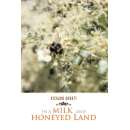
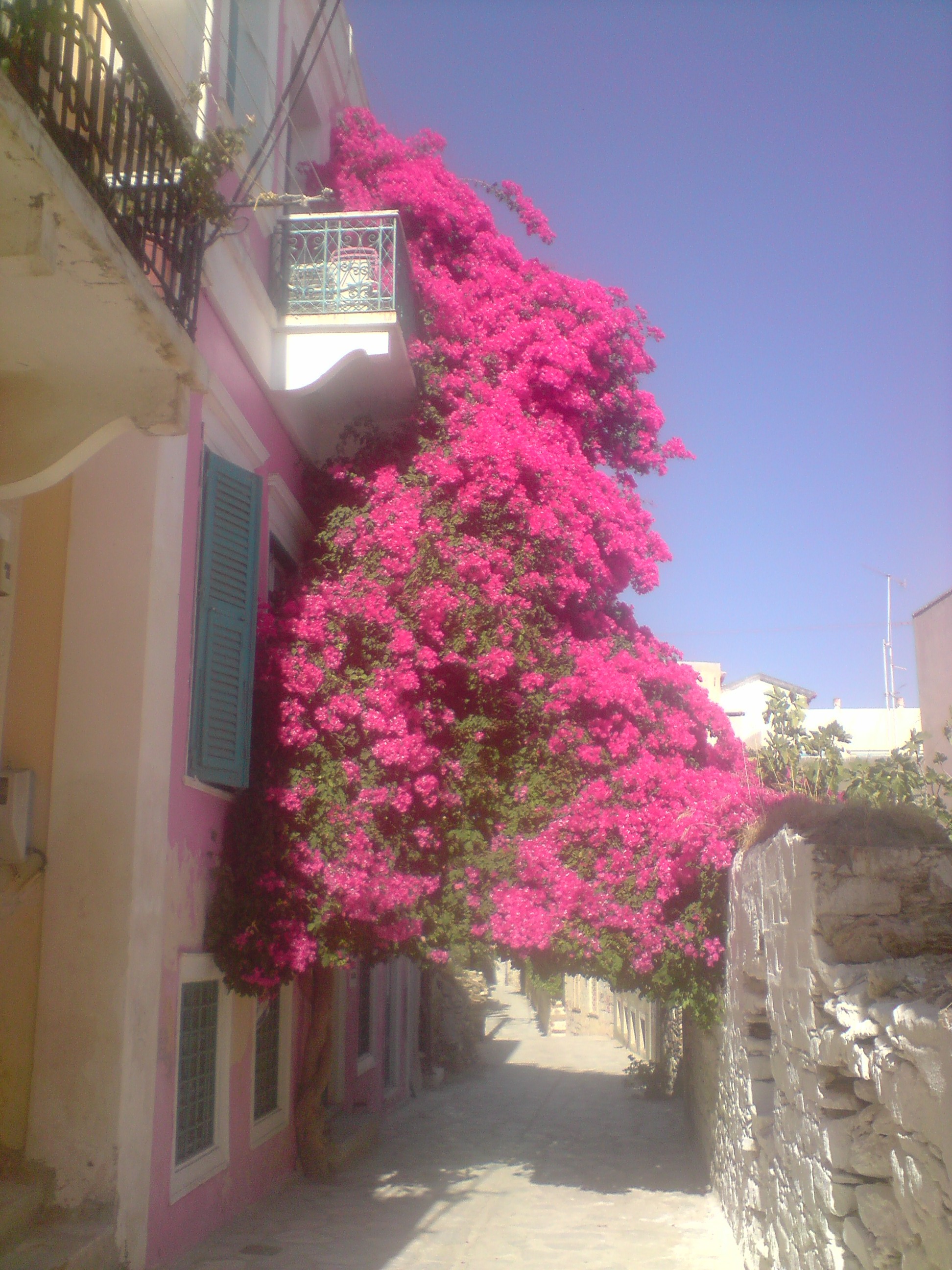
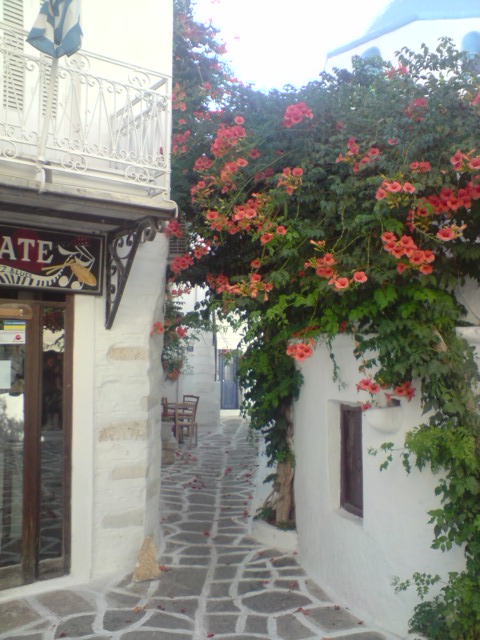
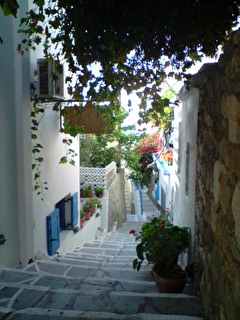










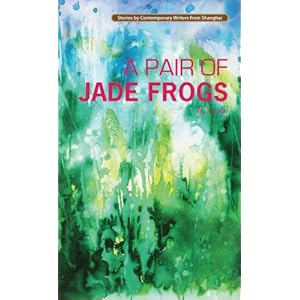 Here, by contemporary western standards the book seems to rather trail off. Key events and tensions are resolved earlier in the story. Only one narrative theme is pursued to the end, and that one is not closed off triumphantly but dissolves into uncertainty. I appreciated the different approach to writing, but I did wonder if the book would be criticised for not adhering to western standards of narrative form? Certainly some of the opinions I come across online would be very critical of this form, and certainly would not want to imitate it in their own writing. As for me, I really enjoy getting to grips with the many and varied ways that people have structured meaning over the years!
Here, by contemporary western standards the book seems to rather trail off. Key events and tensions are resolved earlier in the story. Only one narrative theme is pursued to the end, and that one is not closed off triumphantly but dissolves into uncertainty. I appreciated the different approach to writing, but I did wonder if the book would be criticised for not adhering to western standards of narrative form? Certainly some of the opinions I come across online would be very critical of this form, and certainly would not want to imitate it in their own writing. As for me, I really enjoy getting to grips with the many and varied ways that people have structured meaning over the years!